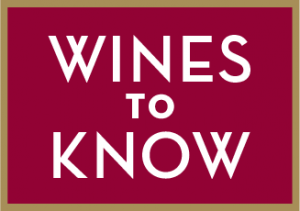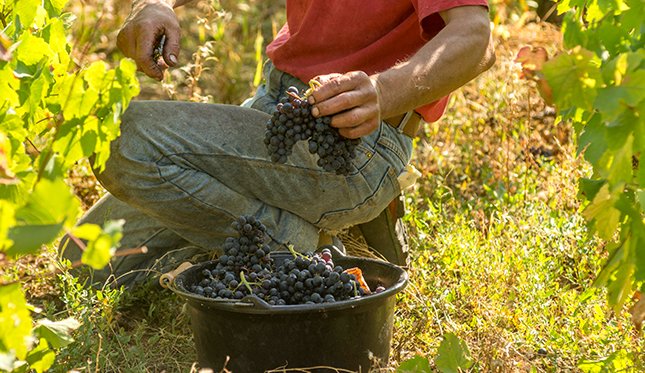
ANNE SOPHIE DUBOIS | Fleurie “Clepsydre” 2015
(Beaujolais, France) $29
The leaves are in a death dance. The trees are brittle and bare. The sky is wary. Autumn has fallen around us. But in my glass is a vivid, almost giddy sense of joy, for drinking great Cru Beaujolais leaves you inexplicably happy—like when you were a kid and ate handfuls of cookie dough. Anne Sophie Dubois’ Fleurie called “Clepsydre” (from 70 year old vines) is a beauty—a rush of black raspberries and peaches that have collided with violets, spices and stony minerals. I don’t know of any other red wine in the world that can be called exuberant. But when Cru Beaujolais is at full throttle—as this one is—it is hypnotically, vibrantly, irrepressibly delicious. (13.6% abv)
92 points KM
Available at Woodland Hills Wine Company

What are Cru Beaujolais?
A. Beaujolais from the best vineyards
B. Beaujolais that are aged for at least a year in French oak
C. Beaujolais from selected villages
D. Beaujolais from what historically have been the top producers (the “cru”)
Scroll down for the answer!

The Curious Red White Conundrum
As you probably know, virtually all red wine grapes have white juice. One day, I found myself wondering why? I asked Carole Meredith, PhD, the leading grapevine geneticist in the U.S. She explained: “The red grapes that have white juice are all varieties of Vitis vinifera, the European wine grape. These red grapes have color pigment in the berry skin, but not in the berry pulp. As to why, one can only speculate. The skin color of the fruit presumably helps to attract birds or other fruit-eating animals, which will then disperse the seeds. There would be no adaptive advantage to also having pigment in the pulp, which is not visible. Red apple varieties, for example, have pigment in the skin but not in the pulp.” I thought: So that’s it. But Meredith went on, “Then again, look at plums – some have color inside and some don’t.” Hmmm.


“Context is wildly underrated when it comes to enjoying wine. Where we are, whom we’re with, what time of year it is, what we are eating, when in the wine’s life—and ours—we are drinking it, and even how we are drinking it all influence our perceptions of wine.”
—Tyler Colman, A Year of Wine: Perfect Pairings, Great Buys, and What to Sip for Each Season

Garagiste
A French term first used in Bordeaux in the 1990s, the word garagiste (gare-a-JEEST) refers to an innovative (possibly renegade) professional winemaker without much financial capital, who began making small lots of fine wine in his/her garage or in another humble venue (like an industrial park). Garagistes are now at work all over the world. The term is used approvingly.

How to Marry Rich (And How To Help)
Dungeness Crab season has just opened—the first time it’s opened before Thanksgiving for as long as I can remember. And just in the nick of time, because I need to drink some stunning chardonnay. Not just anyone’s chardonnay. Continue Reading…

“Why do the leaves of some vines turn a pretty red color in the fall, but others don’t?”
—Catherine N., Portland, OR
Actually, Catherine, grapevine leaves are not supposed to turn bright colors the way, say, maple trees in New England do. Those vivid red leaves may be pretty, but they mean the vine has a severe virus. As winter approaches and the vine moves into a dormant state, the leaves will naturally yellow at the edges a bit before they fall off for good. Next spring, new green leaves will emerge. Like small solar panels, leaves absorb sunlight. This light, through the act of photosynthesis, converts starches in the vine to sugars, thereby ripening the grapes.
—Karen

Send your question to [email protected]

C. The Cru Beaujolais refers to wines from 10 distinguished villages. (Interestingly enough, in most of the rest of France, the word cru refers to a vineyard.) Most of these villages are in the north of the region on steep granite hills. Cru wines are deeper, denser, richer and more age worthy than regular Beaujolais. The 10 Cru are: St.-Amour, Juliénas, Chénas, Moulin-à-Vent, Fleurie, Chiroubles, Morgon, Régnié, Brouilly and Côte de Brouilly. Although Beaujolais Nouveau will be released next Thursday, we recommend you drink the far better Cru Beaujolais to celebrate the region.
SaveSave








